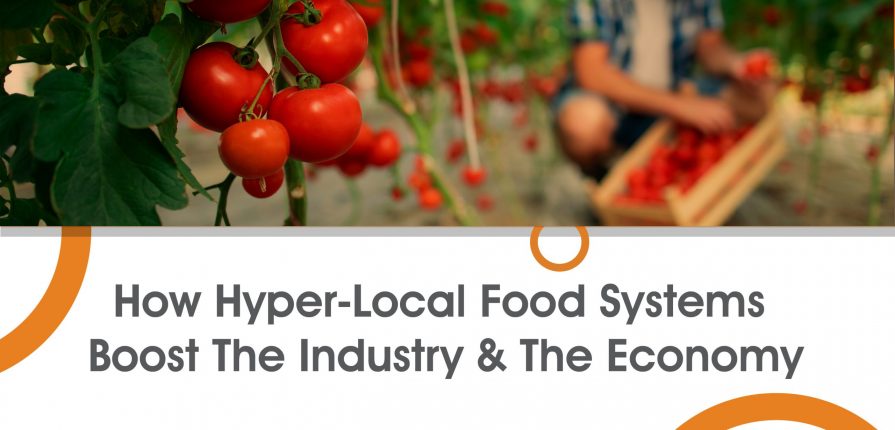Culinary food trends often come and go but some make enough sense to stay around permanently. Among these is the hyper-local food system, which works on the principle that everything being served is sourced from the immediate locality.
DEFINITION
There currently isn’t a clear-cut meaning of what defines hyper-local food, but general opinions suggest that ‘local food’ is sourced between 100-400 miles from where it is consumed. Hyper-local brings this periphery a lot closer. The ideal would be produce that is grown by the restaurant itself, on-site.
WHO BENEFITS
With a hyper-local food economy, everyone benefits. It is logistically impossible for all restaurants to grow all of their ingredients so a lot of these must be sourced from local farmers, animal rearers and other producers. This generates cash flow and improved business within the local community itself.
HOW DOES IT BENEFIT EVERYONE
Farmers are able to grow seasonal crops with an incentive to organically replenish soil quality. Profits from their labour go directly to them, rather than their produce being sold at a marked up price in a grocery store.
Restaurants and hotels are able to build close connections with farmers and producers, and ensure high quality produce. This improves the standard of food being grown and produced.
Consumers are assured this quality standard which ideally promotes organic food, grown without pesticides and sold without single use plastic packaging.
GOING HYPER-LOCAL IN INDIA
India, and Goa, present the perfect space to boost the hyper-local food movement. Already a deeply agrarian economy, the trend has been changing among youngsters to move away from farms and villages into cities for ‘better prospects’. A boost in hyper-local systems presents excellent revenue within villages, improving living conditions and quality standards, eliminating poverty and putting power in the hands of the farmers and producers.
Given its largely tropical weather, most places in India do not suffer the effects that extremely harsh winters have on food crops. Even in places where temperatures drop considerably, greenhouses can offer excellent options for farming.
Going hyper-local is not just profitable for growers but also brings fresher, healthier food to consumers and is far better for the planet. It also includes innovative ways of growing food including hydroponics, aeroponics and urban rooftop beekeeping, the latter helping community farming thrive through natural pollination.
Even fishing and animal rearing are promoted sustainably, given the local demand for fresh, seasonal fish and meat, keeping in mind breeding seasons. Hyper-local food systems also promote small-scale food industries as well, including jams and pickles, cheeses, preserved meats and even wines.
In Goa itself, we have seen the growth of local cheese manufacturers. Hardly a cheese-producing community before the influx of luxury tourism, the state now has numerous cheese producers, most of whom source raw material from local dairy farms.
Restaurant waste such as food scraps can be diverted back to farmers after composting or to animal rearers. With rising fuel prices, hyper-local food systems reduce dependence on transportation and provide avenues of improved profitability without additional strain on the environment.







Leave a Reply